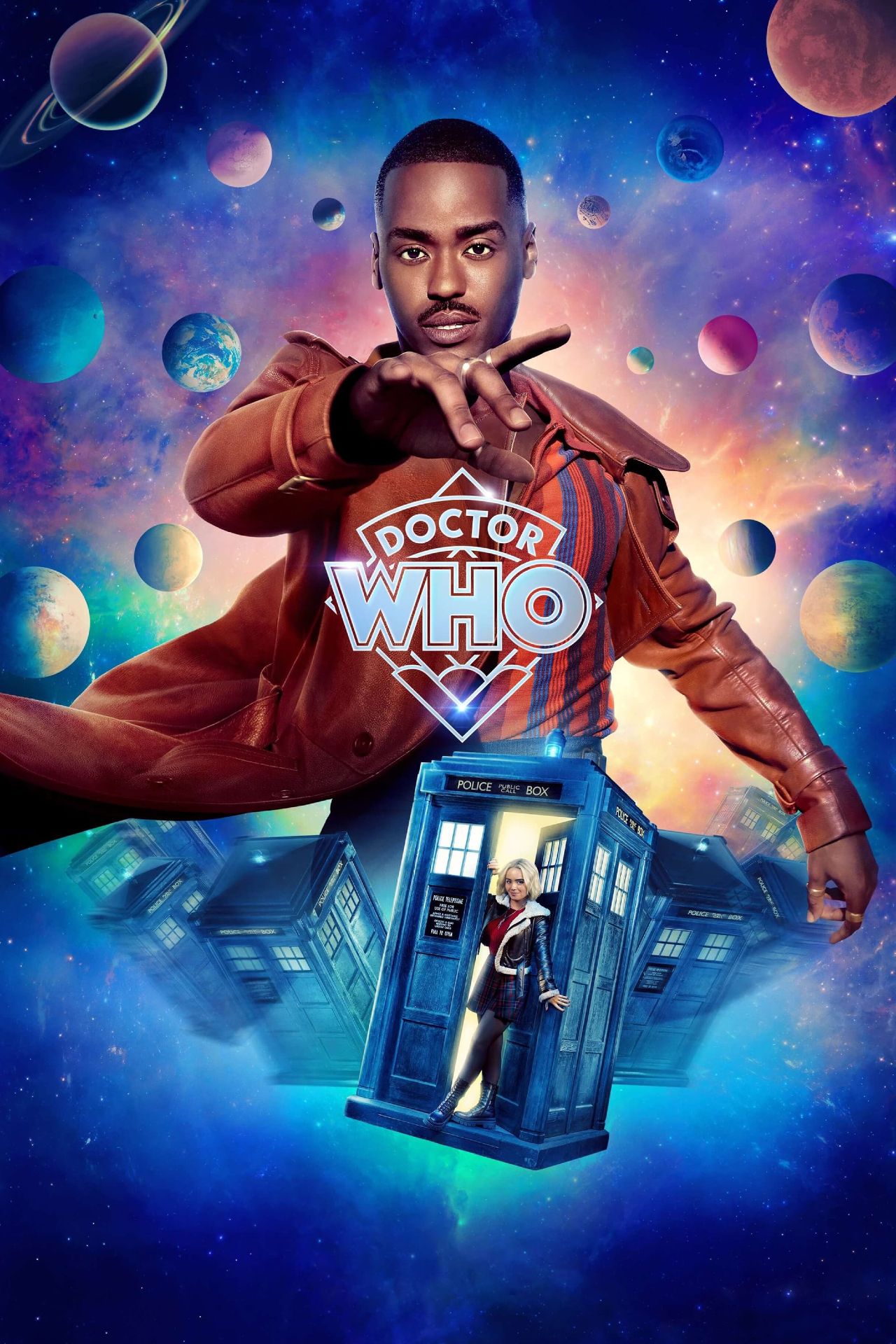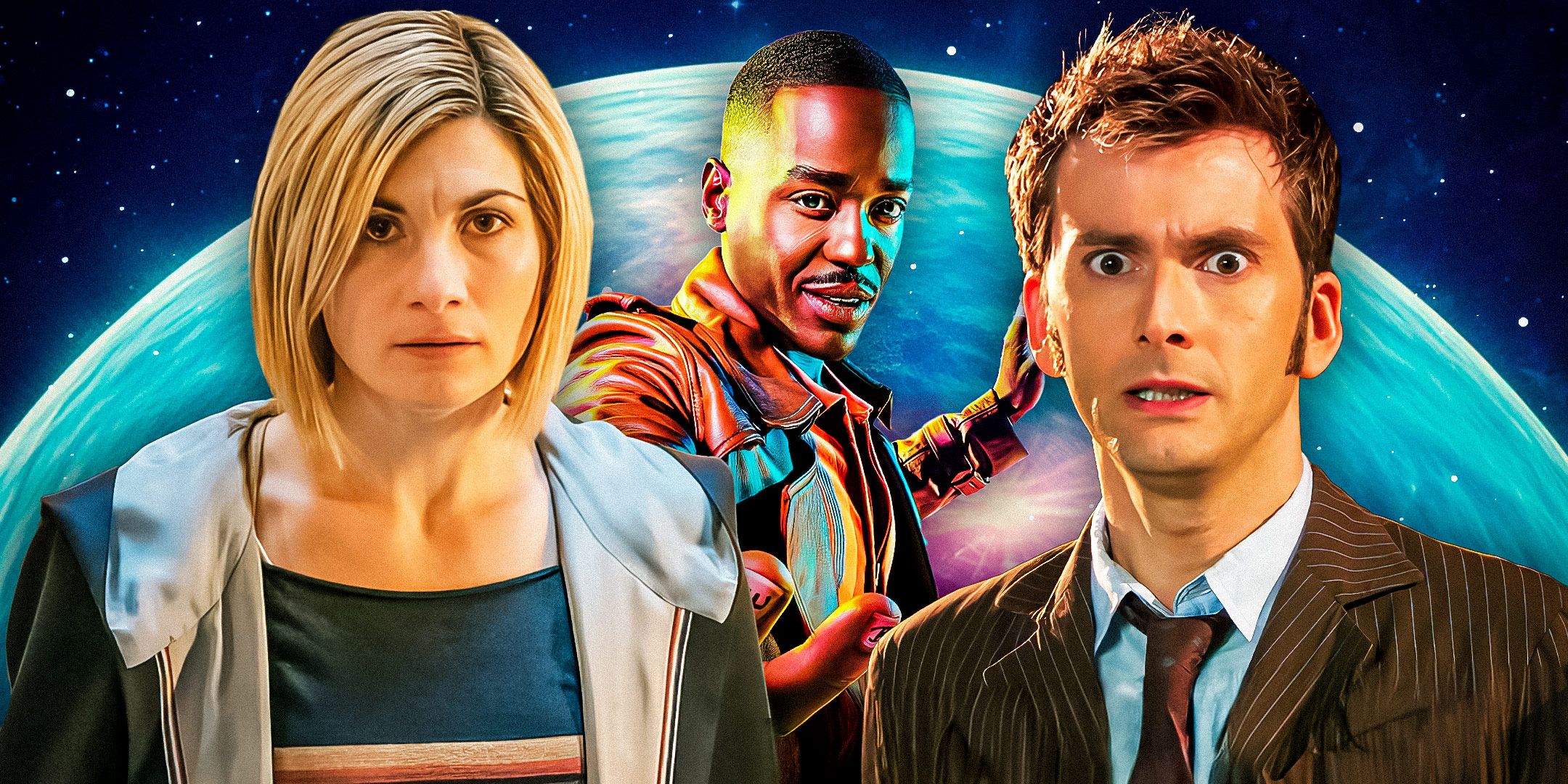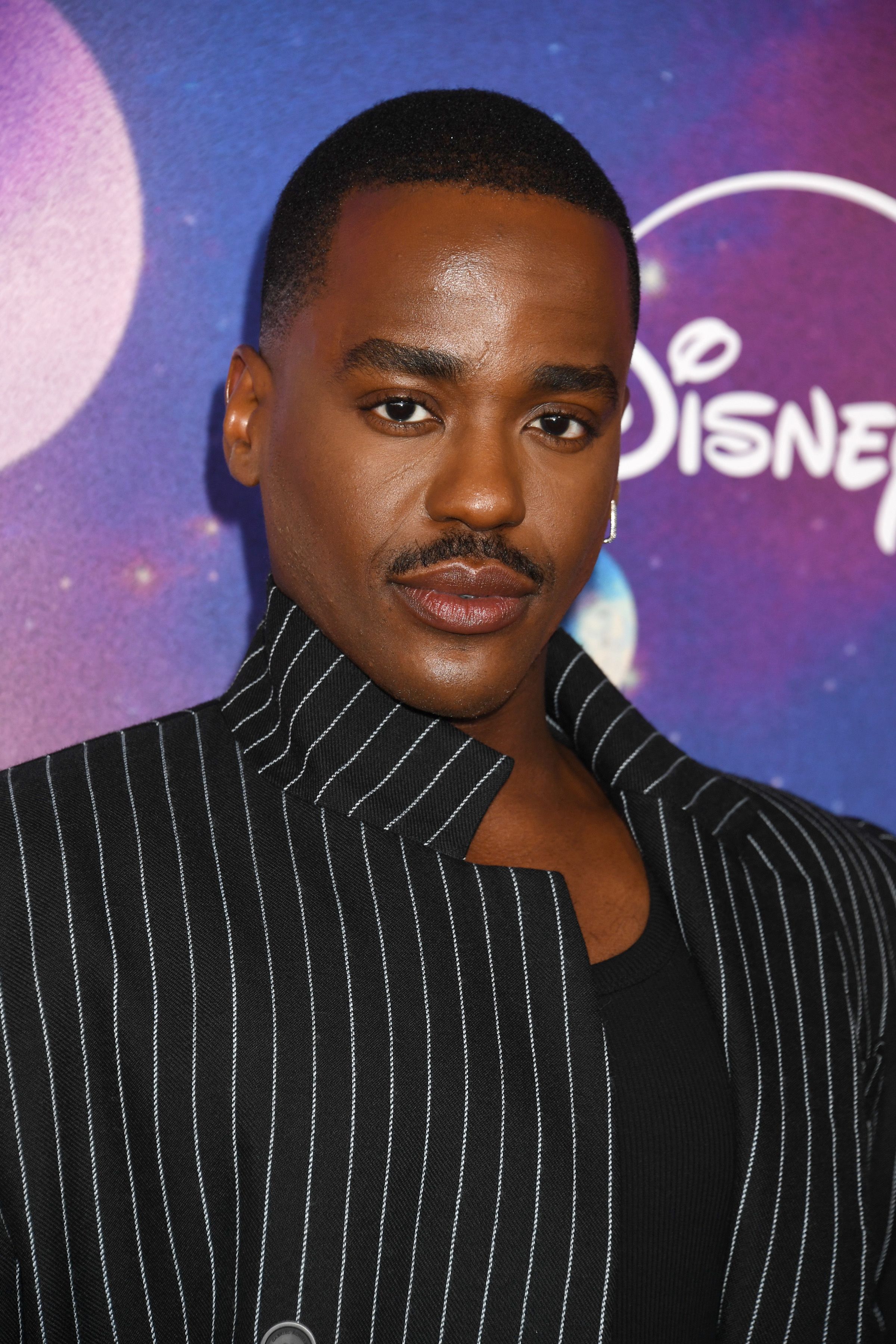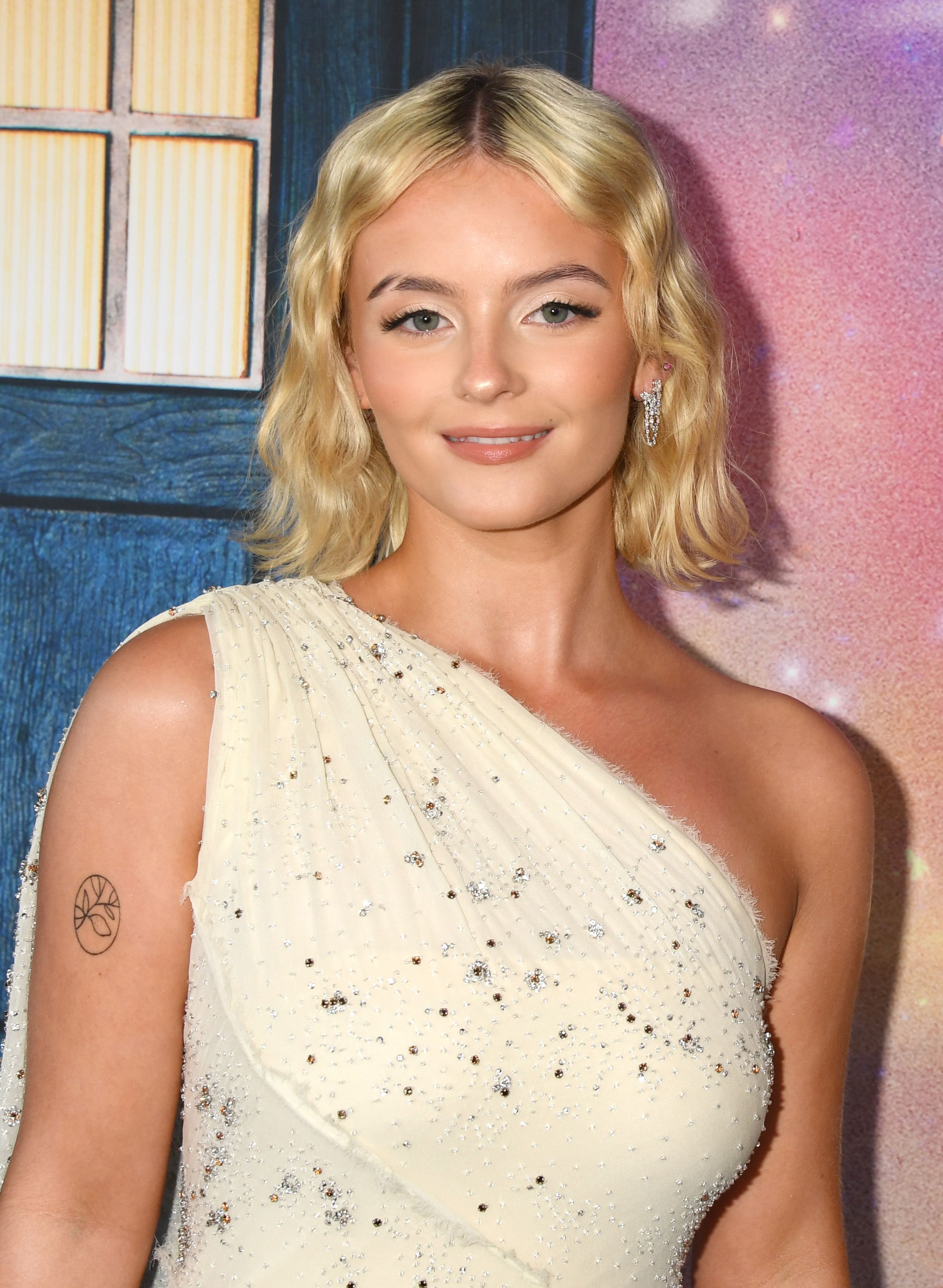Doctor Who
monition : spoiler for Doctor Who season 15 , episode 2
The fifteenth season ofDoctor Whois off to a nifty start with “ The Robot Revolution ” and “ Lux ” , two of the show ’s most imaginative and boundary - pushing episodes in a farseeing while . The former sawthe Doctor ’s new companionBelinda Chandra whisk aside to involuntarily lead an regular army of deadly robot , while the latter took the pair to 1950s Miami , where they encounter anothermember ofDoctor Who ’s Pantheon of Gods .
Throughout these episode , author Russell T. Davies has offered plenty of metatextual reference point that break down the barrier between fact and fable . This was most obvious in “ Lux ” , whenthe Doctor and Belinda add up into middleman with some real - worldDoctor Whofansand learned that their dangerous undertaking were little more than write up on a television show , butDavies has also playfully poked fun atDoctor Who ’s pastthrough some insidious jokes at the expense of the previous season and their characters .

Doctor Who Season 15, Episode 2’s Animated Sequence Feels Like A Commentary On 2-D Companions
Certain Companions Aren’t Very Well-Developed
When they ’re trapped in a reel of one-time film by Lux Imperator , the Doctor and Belinda are transformed into two - dimensional cartoon character reference . It ’s one of the show ’s most visually imaginative sequence in days , butthere ’s also a subtle comment onDoctor Who ’s classic accompany beingmetaphoricallytwo - dimensionalhidden in this visual gag . Belinda quickly count on out that she can make herself three - dimensional again by gaining depth ; she does this by talking about her feelings and developing her backstory .
Belinda Chandra could be one of Doctor Who ’s most exciting innovative companion thanks to this small item that the show has n’t forgotten .
This feels like a very subtle thrusting at classicDoctor Who , where the companions were famously less complex and three - dimensional than they are today . With the exception ofDoctor Who ’s most iconic companionslike Sarah - Jane Smith and Jo Grant , the show ’s Greco-Roman era definitely struggled with get sure fibre memorable . This criticism is apparently what Davies is reference with the whole “ two - dimensional ” jest .

Modern Doctor Who Companions Are Arguably More Important Than The Doctor Himself In Some Episodes
The Modern Show Has A More In-Depth Vision Of The Companion Role
Contrastingly , the forward-looking era ofDoctor Whooften attain the companions more important than the Doctor himself - both in individual sequence and entire season arcs . The most obvious lesson in recent memory is Clara Oswald , whose true identity element was the master focus of the show ’s 7th time of year . The whole finale orbit around her , with the revelation that she ’d been spread throughout the Doctor ’s timestream making her one ofDoctor Who ’s most important characters ever .
There have also been many so - called“Doctor - calorie-free ” episodes ofDoctor Whorecently - that is , episodes where the Doctor barely features at all . Adventures like “ 73 Yards ” and “ Dot and Bubble ” fit neatly into this category , as their stories followed characters like Ruby Sunday and Lindy Pepper - Bean instead . This makes the show ’s supporting cast feel more of import and three - dimensional , and it almost never happened in classicDoctor Whoserials .
Your Rating
Your comment has not been saved
Cast



